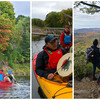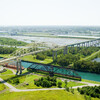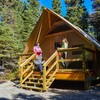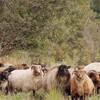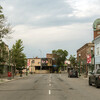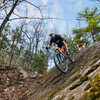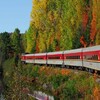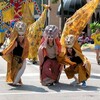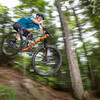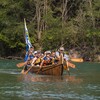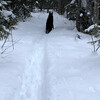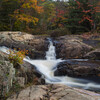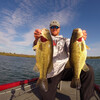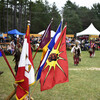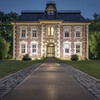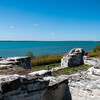
Cross Country Skiing
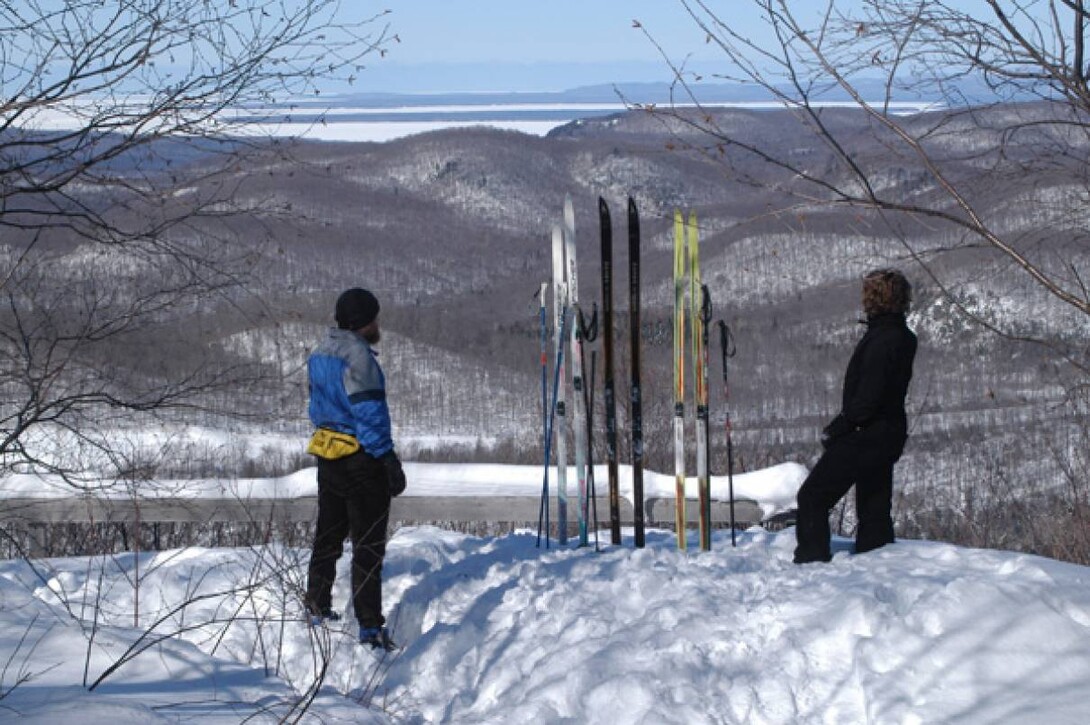
As I near the top of Jackrabbit Hill, my world is reduced to a simple mantra wheezed through parsed lips: Pole-pole-step-glide, pole-pole-step-glide. I’ve skipped out of cocktail hour at the Stokely Creek clubhouse for a lung-burning skate-ski on the Jackrabbit, my favourite 15-km loop amidst a cross-country ski area that sprawls across 3,400 hectares of rugged, forested land north of Sault Ste. Marie.
Book your adventure here: Cross Country Packages
While challenging to say the least, the climb is always worth the effort. Arriving at the crest, I witness a coppery sunset over Lake Superior and begin the long downhill back to the trailhead, where a well-earned meal in Stokely’s lavish dining room awaits.
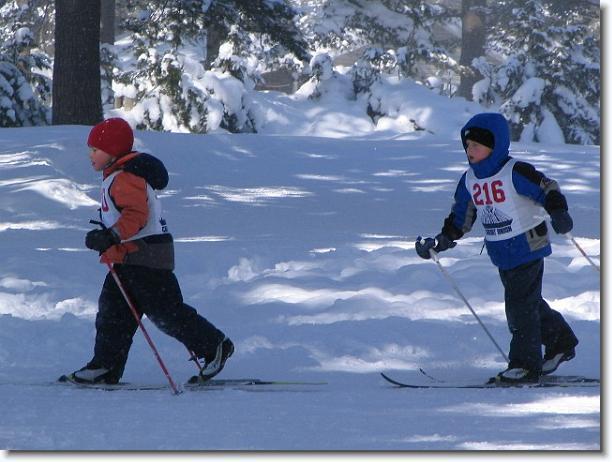
To cross-country ski in Sault Ste. Marie is to be a part of a Nordic tradition built by generations of hardworking Scandinavian immigrants and an international club of skinny ski visionaries. The story begins in 1953, when the local Canadian Finnish Club was established to help immigrants acclimatize with a social schedule of dinners, dances and most importantly, skiing. Members carved “Sault Ste. Marie Special” wooden skis in basements and barns, and races were regularly held in snowy fields with competitors ranging from toddlers to national-level stars.
Over the years, hand-cut trails in the city’s north end evolved into the impeccably groomed 35-km network of classic and skate-ski routes of the Hiawatha Highlands. This 1,200-hectare landmass is comprised of rollercoaster hills and towering old growth pine.
Today, Hiawatha and the Soo Finnish Ski Club are as busy as ever, with a strong jackrabbit and development program for junior skiers and all-levels instruction for adults. Hiawatha’s Pinder network of trails is best for beginners; the Crystal challenges intermediate and advanced skiers; and the Red Pine section offers feelings of remoteness and diverse terrain. All told, Hiawatha is 10 times the size of southern Ontario’s popular Hardwood Hills ski area, so there’s plenty of space for a good workout.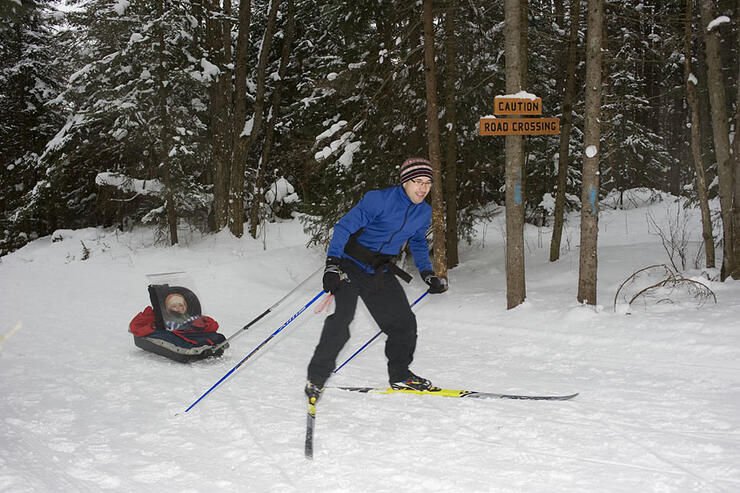
As Hiawatha took shape, the late Chuck Peterson, a ski-crazed American, searched for a snowy wilderness empire of his own. Peterson spent years combing the backwoods of Northern Ontario in search of perfect cross-country skiing. He found ample space, topography and well over four metres of annual snowfall in the Algoma Highlands northeast of Lake Superior. Satisfied with the locale and its innate attributes, he recruited Hakon Lein, a Norwegian Canadian from Sault Ste. Marie, to help plan a network of trails.
Peterson established the Stokely Creek Ski Touring Centre in 1977, and its 120 kilometres of trails ranging in difficulty from beginner to expert soon developed a cult-like following of mostly American skiers. He commissioned an Ann Arbor, Mich. architect to design an angular, red-trimmed and cedar-sided lodge and similarly appointed chalets, which now stand in the valley of the area’s namesake creek. The 25 guest rooms have a Scandinavian flair, making an overnight stay a unique, backwoods chic experience.
Delicious, amply portioned meals are a hallmark of Stokely’s communal dining hall. I take full advantage following my energy-sapping bout with Jackrabbit Hill as I devour a meal of winter vegetable soup, pork tenderloin, sweet potatoes and vegetables, followed by apple cake and custard for dessert. Millions of stars fill the night sky as I walk from the dining room to my suite in the Ottawa Chalet. The absence of television and telephones makes the après-ski atmosphere refreshingly analogue, with options for entertainment ranging from table tennis in the lodge games room, a sauna, or fireside reading in the overstocked library.
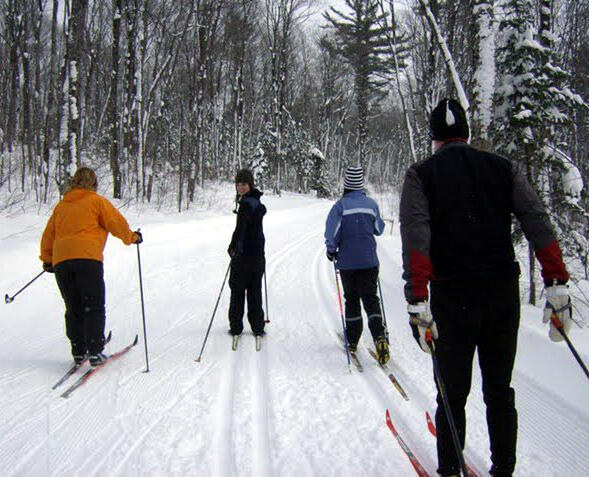
The next morning, I wax my classic skis and hit the trails for a glimpse of Stokely’s future. When Peterson died in 2000, the fate of his ski empire fell into limbo. A European logging company acquired much of the estate. However, in 2007, long-time Stokely skiers Gaylen and Susan Byker of Grand Rapids, Mich. bought the lodge and partnered with Astina and the Sault Ste. Marie-based Algoma Highlands Conservancy to maintain Peterson’s trails. In 2009, the conservancy purchased 570-metre King Mountain, appointing permanent protection to nearly one-third of Stokely’s trail network.
I select a scenic loop that circles King Mountain’s flanks. Once again I’m gasping for air as the trail ascends 200 metres through a mature forest of maple and yellow birch that’s now preserved for “silent sports” such as skiing, mountain biking and hiking, ecological research by organizations including the Canadian Forest Service, and environmental education for local schools. En route, I cross a new 6.5-kilometre-long snowshoe trail that switchbacks up to King Mountain’s summit where a warming hut offers sweeping views of Lake Superior from one of the highest points in Ontario. Recently, Stokely general manager Jamie Martin noted his guests have been raving over the ever-expanding web of snowshoe trails.
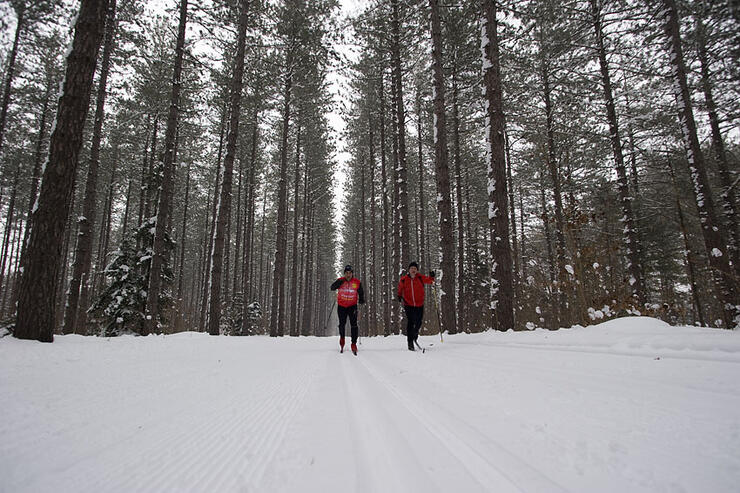
For now, though, thoughts of snowshoes are pushed aside. Peterson comes to mind as my route veers downhill and the trees whiz by on the rolling, 3-km-long King Mountain Run. “You need a tremendous variety of terrain and very skillfully designed trails to bring Nordic skiing into its own,” he once said. Fortunately, Sault Ste. Marie has both in spades.
Did this story peek your interest? Find out more and book a cross-country package today!
For more things to see and do in Sault Ste. Marie, click here!
Recommended Articles

9 Facts to Know about the Agawa Canyon Tour Train
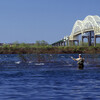
A Guide to the Best Urban Fishing in Sault Ste. Marie, Ontario

Where to Eat, Dine, and Play on the Sault Ste. Marie Waterfront

Cruising to the Next Level

Canada's Only Bushplane Museum is a Must For Your Bucket List

Why the Fall Is a Great Time to Visit Sault Ste. Marie
Canoe & Kayak Sault Ste. Marie

Peace Restaurant
